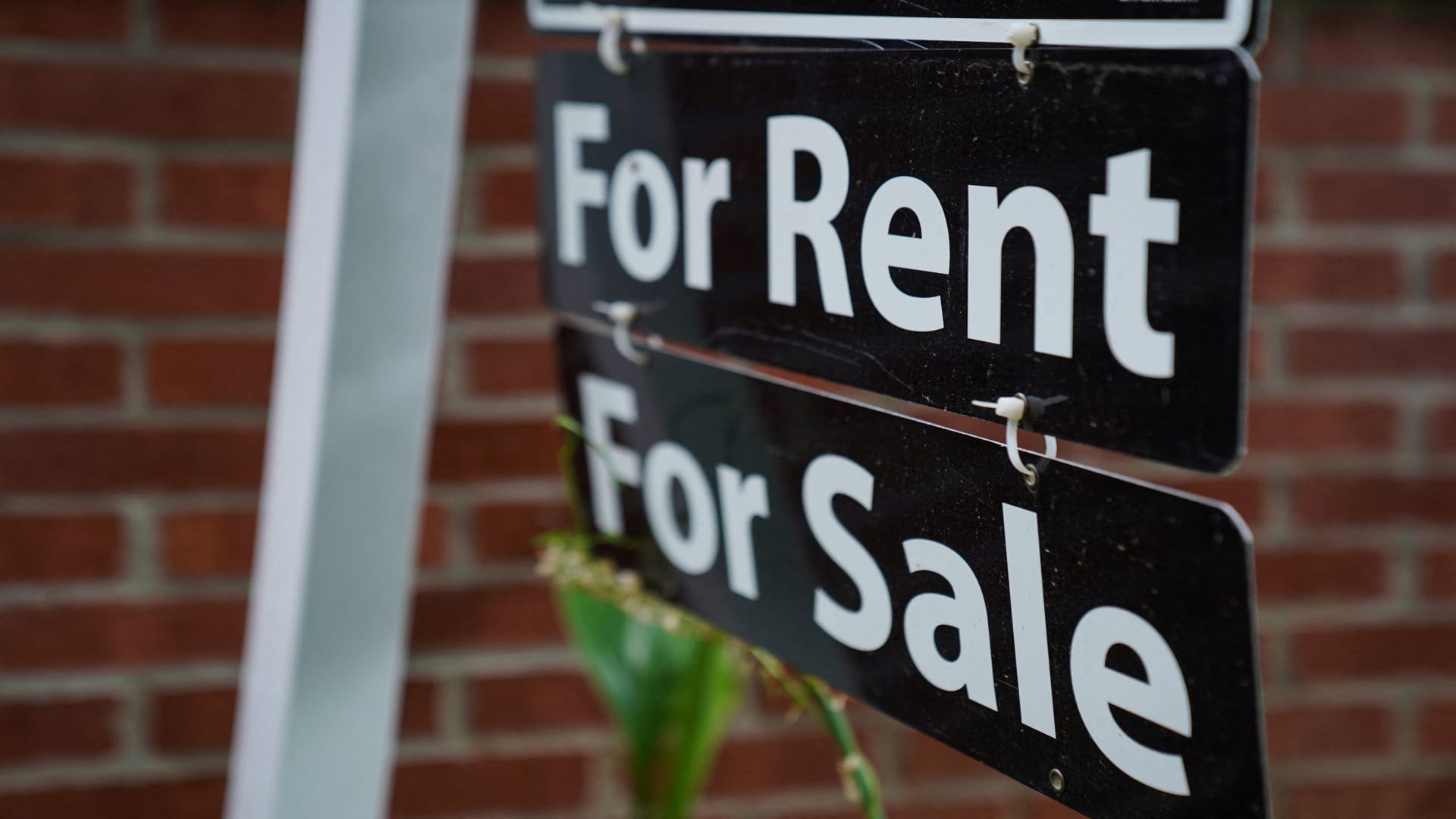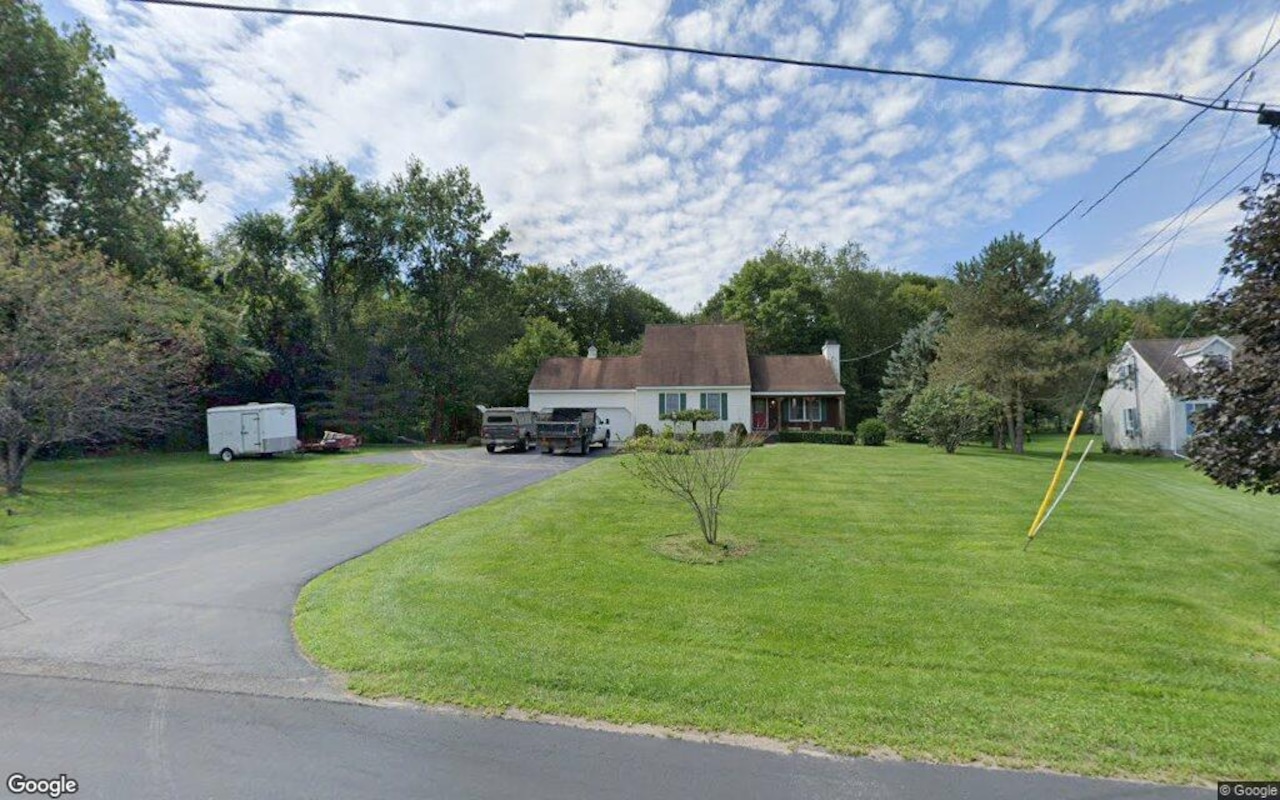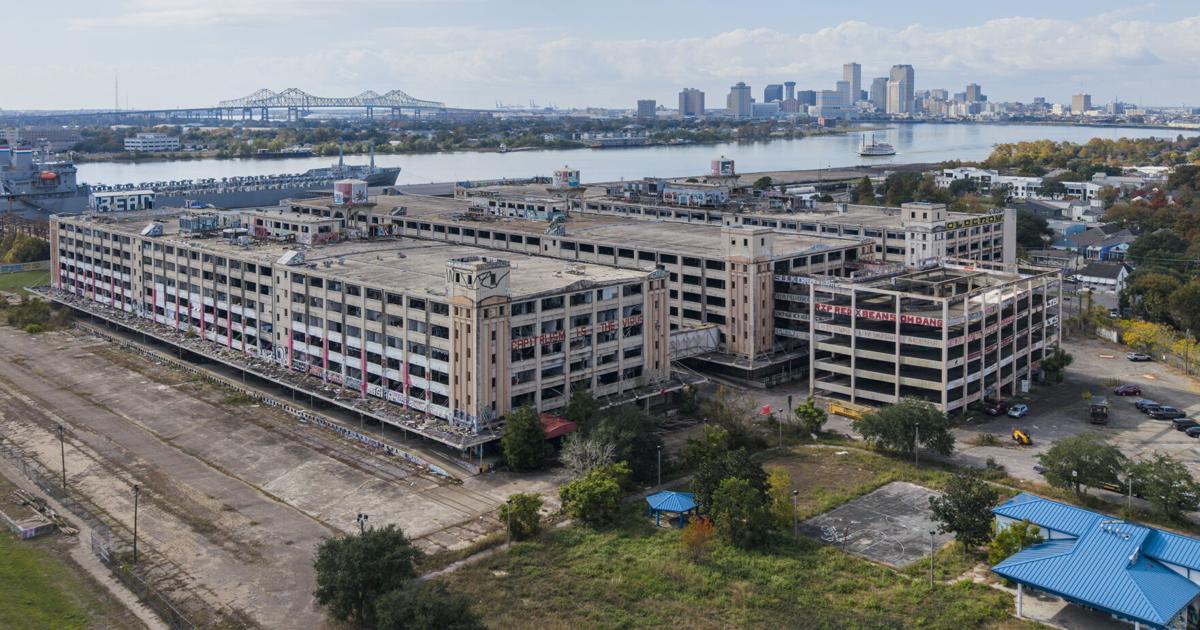A
"For Rent, For Sale" sign outside a home in Washington, D.C. reflects the growing trend of homeowners converting to renters due to rising supply and high mortgage rates. This shift is creating competition for institutional investors in the rental market, particularly in areas like Atlanta, Phoenix, Dallas, Houston, Tampa, Florida, and Charlotte, North Carolina.
These markets have seen inventory growth exceeding 20% over the past year, largely driven by former owner-occupants. As a result, some frustrated sellers are opting to de-list their properties and rent them out instead of waiting for buyers or cutting prices. This phenomenon has led to the emergence of "accidental landlords," who enter the single-family rental market due to necessity rather than design.
Garret Johnson, a homeowner in Dallas, recently converted his property to a rental after struggling to sell it due to economic uncertainty and high mortgage rates. Although the rent doesn't fully cover his mortgage payments, he has managed to recast his loan and lower his expenses by changing his insurance policy.
The growing inventory of homes for sale is expected to limit landlord pricing power, with some analysts predicting that rent increases may slow down or even decline in certain areas. However, large institutional investors like Invitation Homes and American Homes 4 Rent have been able to maintain high renewal rates and retention levels in their portfolios.
This trend is not new, as a similar phenomenon occurred in 2022 when mortgage rates doubled. Now, the largest single-family rental REITs are selling more homes than they're buying, but instead of exiting the market, they're investing in build-to-rent projects to minimize competition with smaller investors and traditional homebuyers.
While this strategy reduces some risk, it may lead to occupancy decline for these large landlords as they optimize their revenue. This could ultimately limit rental growth upside in the coming year, particularly if more supply enters the market in the fall or spring.















